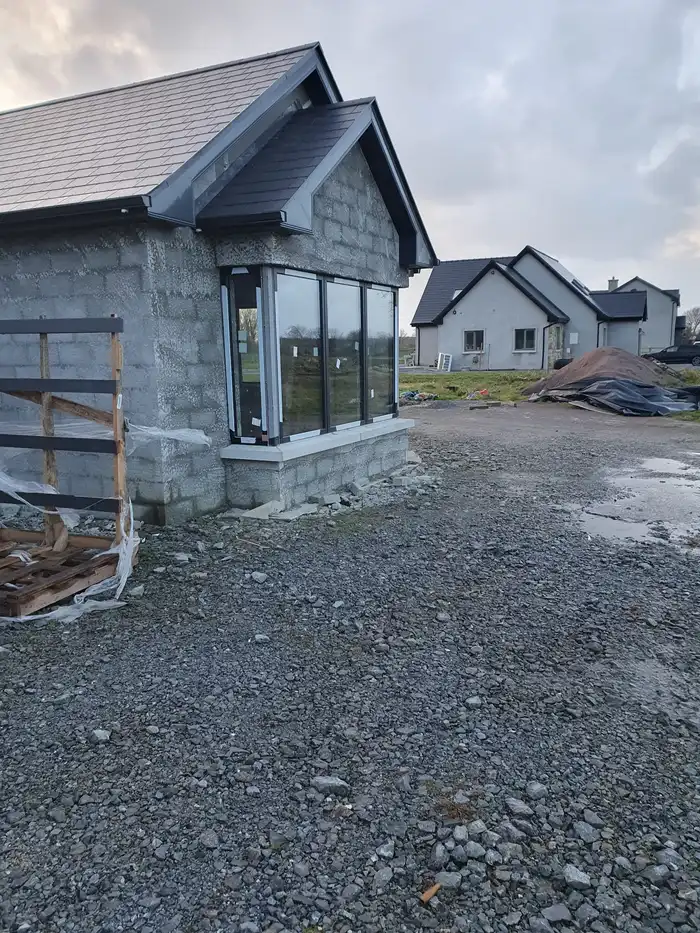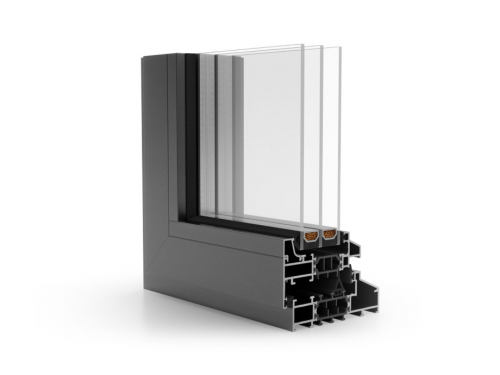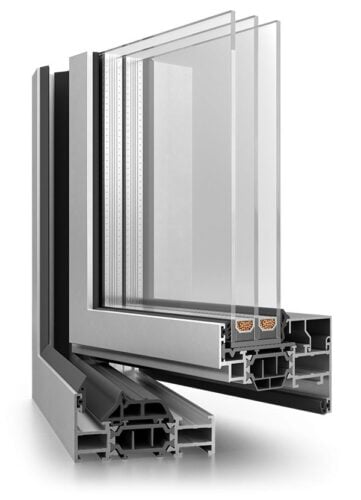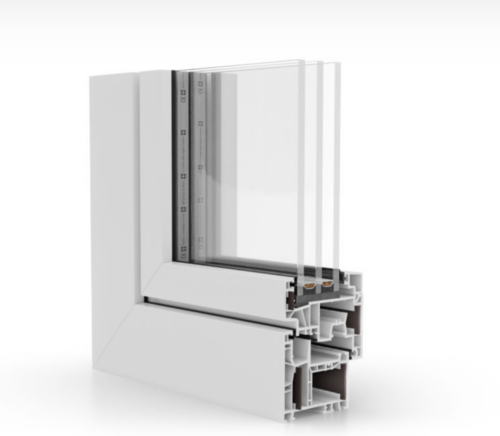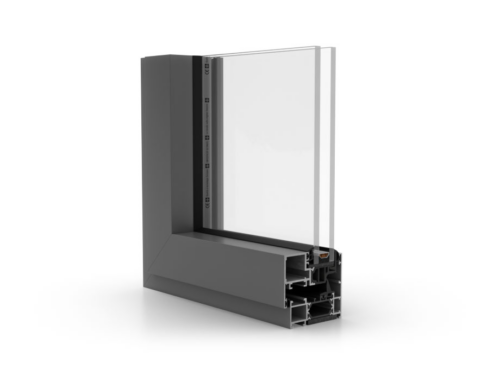Corner windows are something not quite ordinary in modern home design. They flood your home with natural light, expand your view, and add a fancy, contemporary touch to any space. Are you planning a new build or upgrading your home? Either way, deciding to get the right corner windows is about more than just aesthetics. Think of performance, energy efficiency, and practicality. So, before you start searching for the perfect corner window for sale, let’s move to what you really need to know – namely, everything from materials and glazing to installation and cost.
Why homeowners appreciate corner windows
There’s a reason why corner house windows are becoming a must-have in modern architecture. First – as you already know – they maximise natural light and bring brightness into areas that would typically be shadowed. If you love an airy, open feel in your home, this is the perfect solution.
Beyond aesthetics, corner windows upgrade your view – they eliminate bulky frames that obstruct sight lines. If you have a garden, a cityscape, or a scenic countryside view, corner windows allow you to enjoy it without distractions.
Then there’s the illusion of space. A well-placed corner window makes a room feel larger and more expansive – ideal for smaller spaces or homes with an open-plan design. And let’s not forget ventilation – certain styles allow fresh air to circulate more freely, improving indoor air quality.
How are corner windows constructed?
Unlike standard windows, corner windows require special construction techniques for stability and durability. One of the most common solutions is the post corner window, which uses a 90-degree connector to provide strength and rigidity. Those kinds of connectors allow windows or even sliding doors to be joined without problems. With one solution, you get structural integrity and achieve a modern, uninterrupted glass effect at the same time.
Thinking about custom corner window solutions? Make sure that you buy high-quality connectors. Fenbro offers connectors for windows – they guarantee proper reinforcement. Fenbro makes it easier to create secure and stylish corner window installations.
Types of corner windows – which one is right for you?
Glass-to-glass corner windows
If you’re looking for an uninterrupted, panoramic view – glass-to-glass corner windows are your best bet. They get rid of traditional framing at the corner. However, because there’s no frame for structural support, these windows often require additional reinforcement. And this usually increases installation costs. Looking for an alternative? Slimline aluminium or uPVC windows offer a similar effect but with enhanced structural integrity and insulation. Check out Fenbro’s Slimline 38.
Aluminium Window SlimLine 38
Aluminium corner windows
For a cool, minimalist style, aluminium is the real king. Aluminium corner windows allow for thin, elegant frames that support large glass panels. They’re lightweight, corrosion-resistant, and highly durable. Thus, they’re a great choice for modern homes. Just keep in mind that aluminium on its own isn’t the best insulator, so if energy efficiency is a concern, opt for models with thermal breaks to reduce heat loss. Sounds good? Explore premium aluminium window options like MaxLight Modern for a high-end, minimal-frame look.
Aluminium Window MaxLight Modern
uPVC corner windows
If you’re on the hunt for affordability and excellent insulation – uPVC corner windows are a fantastic option. They are low-maintenance, budget-friendly, and available in various colours and finishes. But their frames tend to be thicker than aluminium – the glass area is slightly reduced. Looking for an energy-efficient uPVC solution? Check out Energeto Neo.
uPVC Window Energeto Neo
Double-glazed corner windows
For maximum thermal efficiency and noise reduction, double-glazed corner windows are a smart investment. These windows have two glass panes with an insulating gas layer in between to help keep your home warm in winter and cool in summer. If you live in a noisy area or want lower energy bills – this option is worth considering.
Corner sliding windows
If you want a practical, space-saving solution, the sliding windows are a great choice. Instead of opening outward, they slide smoothly along a track. So, they’re ideal for compact spaces or modern designs. The only downside? They require a dedicated track space, which may limit design flexibility.
Corner windows vs standard windows – what’s the difference?
Unlike standard windows, corner windows bring in light from two angles, and make rooms much brighter. Corner windows create a more open, spacious feel. Standard windows only offer light and views from one direction. So, you get the picture, literally.
Ventilation can be more challenging with corner windows, as not all designs open. If airflow is important for you, consider corner casement windows or corner awning windows for improved ventilation.
Another big factor is cost. Because they require more sophisticated engineering and installation, corner windows are generally more expensive than standard ones. However, the visual impact and added property value make them a worthy investment for many homeowners.
What about the cost?
Corner windows are not your typical off-the-shelf purchase. The corner window cost depends on multiple factors – and these would be: frame material, glazing type, and installation complexity.
uPVC is the most budget-friendly option. Frameless glass-to-glass designs come with a premium price tag due to their custom glazing and structural support requirements. If you’re thinking about aluminium corner windows, expect to pay more for high-quality thermal break technology.
Installation is another cost factor. Unlike standard windows, corner windows often need reinforced framing to handle the weight of the glass. This means higher labour costs, but it also guarantees durability and long-term performance. Want a stylish, cost-effective alternative? Fenbro’s Cor-70 HO offers hidden sash technology, reducing the visible frame while maintaining structural integrity.
Aluminium Window COR 70 HO
Installation – what to expect?
Installing corner windows isn’t a DIY job that you can enjoy in the afternoon. These windows require precise measurements, proper alignment, and expert sealing to prevent leaks, drafts, or structural issues. Not exactly a piece of cake, right? So, what does it look like?
The process starts with measuring the space to make sure the opening can support the weight of the glass. Next, the frame is installed, followed by the glazing. For glass-to-glass designs, the corners need structural bonding to hold everything in place. Finally, seals and insulation are added to prevent drafts and improve energy efficiency.
Because of the complexity, professional installation is non-negotiable. Like, really, because a poorly installed corner window can lead to air leaks, condensation problems, and even structural damage over time. It will cost you more in the long run.
Is a corner window right for you?
If you want to maximise natural light, expand your view, and give your home a fancy, modern upgrade – corner windows are a great choice. Whether you opt for frameless designs, aluminium frames, or double glazing – there’s a perfect option to match your style and expectations.
Before making your final decision, consider installation complexity, cost, and energy efficiency. A well-chosen and properly installed corner window transforms your space and adds long-term value to your home.

